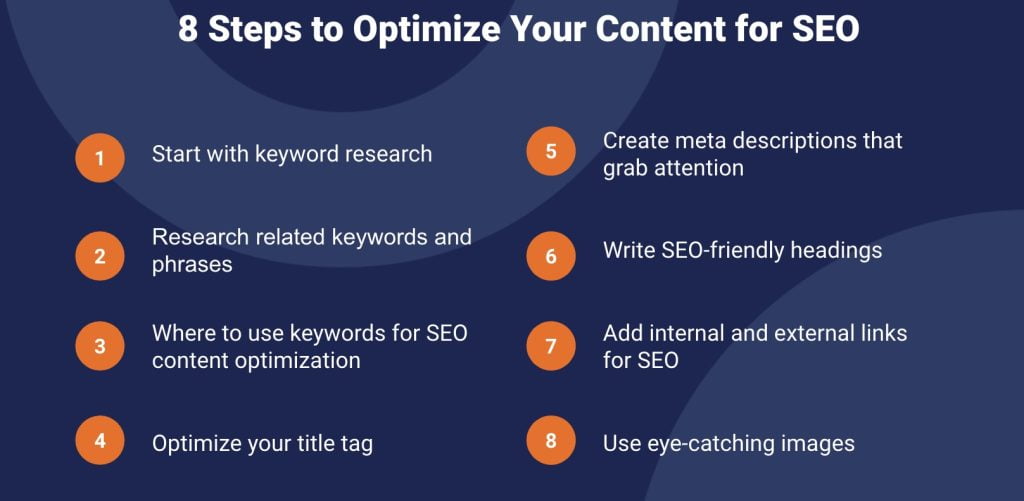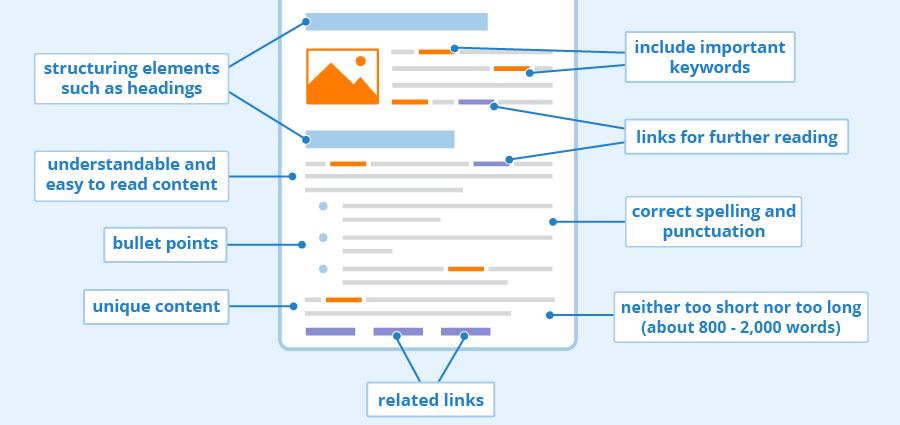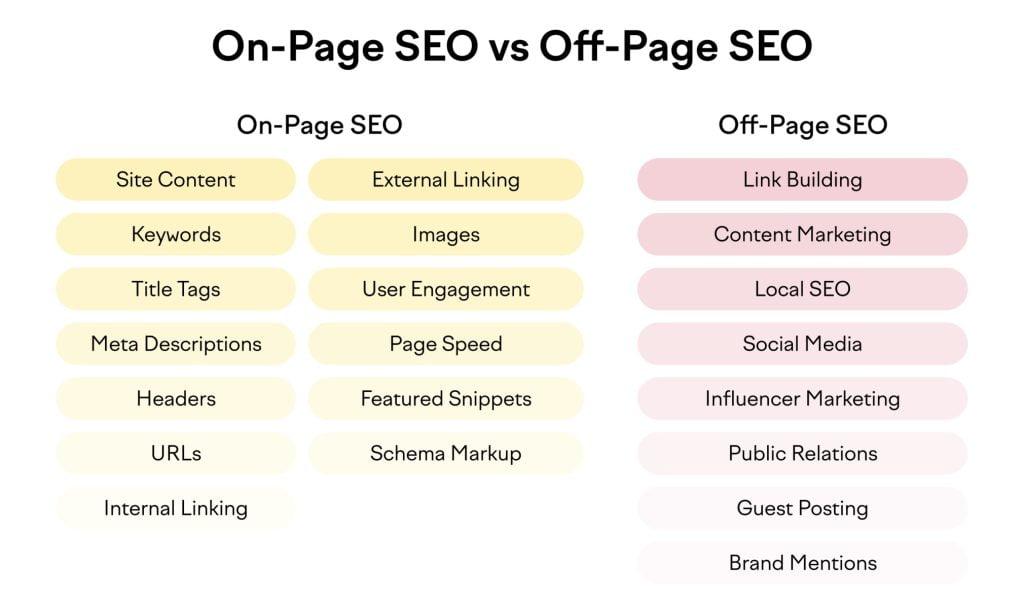SEO Content Optimization: In the ever-evolving digital marketing landscape, the importance of SEO (Search Engine Optimization) cannot be overstated. Whether you’re a seasoned marketer or just dipping your toes into online content, understanding the intricacies of SEO content optimization is crucial for achieving higher rankings and driving conversions. In this comprehensive guide, we’ll delve into the complete process of SEO content optimization, equipping you with both hands-on techniques and advanced SEO solutions to boost your online visibility and conversion rates.
The Foundation: Keyword Research

The journey toward SEO content optimization begins with thorough keyword research. Identifying the right keywords ensures that your content resonates with your target audience. Start by brainstorming relevant keywords and phrases that potential visitors might use to find your content. Use keyword research tools like Google Keyword Planner, SEMrush, or Ahrefs to uncover high-traffic keywords, long-tail variations, and search volume data. Prioritize keywords that strike a balance between relevance and search volume.
Content Creation: Quality is Key
Once you’ve armed yourself with a well-researched list of keywords, it’s time to create high-quality content. Your content should be engaging, informative, and relevant to your selected keywords. Here are some essential content optimization tips:

- Compelling Headlines: Craft attention-grabbing headlines that entice readers and include your target keyword.
- Quality over Quantity: Longer, comprehensive content performs better in search engine rankings. Aim for in-depth articles that thoroughly cover the topic.
- Keyword Placement: Incorporate your target keyword naturally throughout the range, including in the title, headings, and body text.
- User Intent: Understand the intent behind the keyword. Is the user seeking information, looking to make a purchase, or seeking reviews? Tailor your content to match their purpose.
- Engaging Multimedia: Enhance your content with images, videos, and infographics to keep users engaged.

On-Page SEO: Optimizing for Search Engines
On-page SEO involves optimizing individual web pages to improve their search engine rankings. Here are some on-page optimization techniques:
- Meta Tags: Craft compelling meta titles and descriptions that incorporate keywords and entice clicks from search results.
- Header Tags: Use header tags (H1, H2, H3, etc.) to structure your content and make it more accessible to readers and search engines.
- Internal Linking: Link to other relevant pages within your website to improve user navigation and distribute link equity.
- Mobile Optimization: Ensure your website is mobile-friendly, as Google considers mobile-friendliness in its rankings.
- Page Speed: Optimize your site’s loading speed for a better user experience and higher search engine rankings.

Off-Page SEO: Building Authority and Backlinks
Off-page SEO focuses on activities outside your website that influence your rankings. A key aspect of off-page SEO is building high-quality backlinks from authoritative sources. Here’s how to approach off-page optimization:
- Link Building: Develop a backlink strategy to acquire links from reputable websites in your niche. Guest posting, outreach, and creating shareable content can help.
- Social Signals: Leverage social media platforms to promote your content and build brand awareness, which can indirectly impact SEO.
- Online Reputation Management: Monitor and manage your online reputation, as reviews and mentions can influence your site’s credibility.
Monitoring and Analysis: Data-Driven Decisions
The final step in SEO content optimization is continuous monitoring and analysis. Regularly review your site’s performance using tools like Google Analytics and Google Search Console. Track keyword rankings, organic traffic, conversion rates, and bounce rates. Use this data to refine your content strategy, identify areas for improvement, and adapt to changing search algorithms.
In Conclusion: SEO Content Optimization Unleashed
SEO content optimization is a multifaceted process that combines keyword research, content creation, on-page and off-page SEO, and data analysis. By mastering these elements, you can achieve higher search engine rankings and convert more visitors into loyal customers. Remember that SEO is an ongoing effort, and staying updated with industry trends and algorithm changes is essential for long-term success.
Read also: Best SEO Tools for Your Website: A Comprehensive Guide




